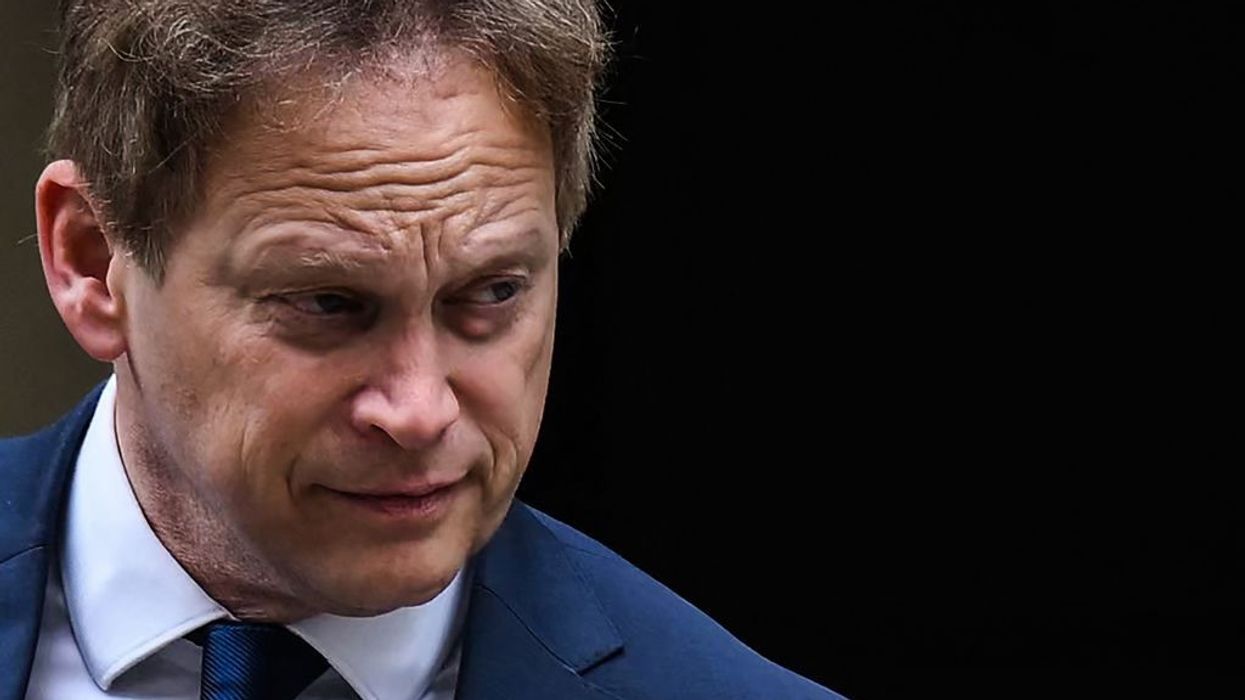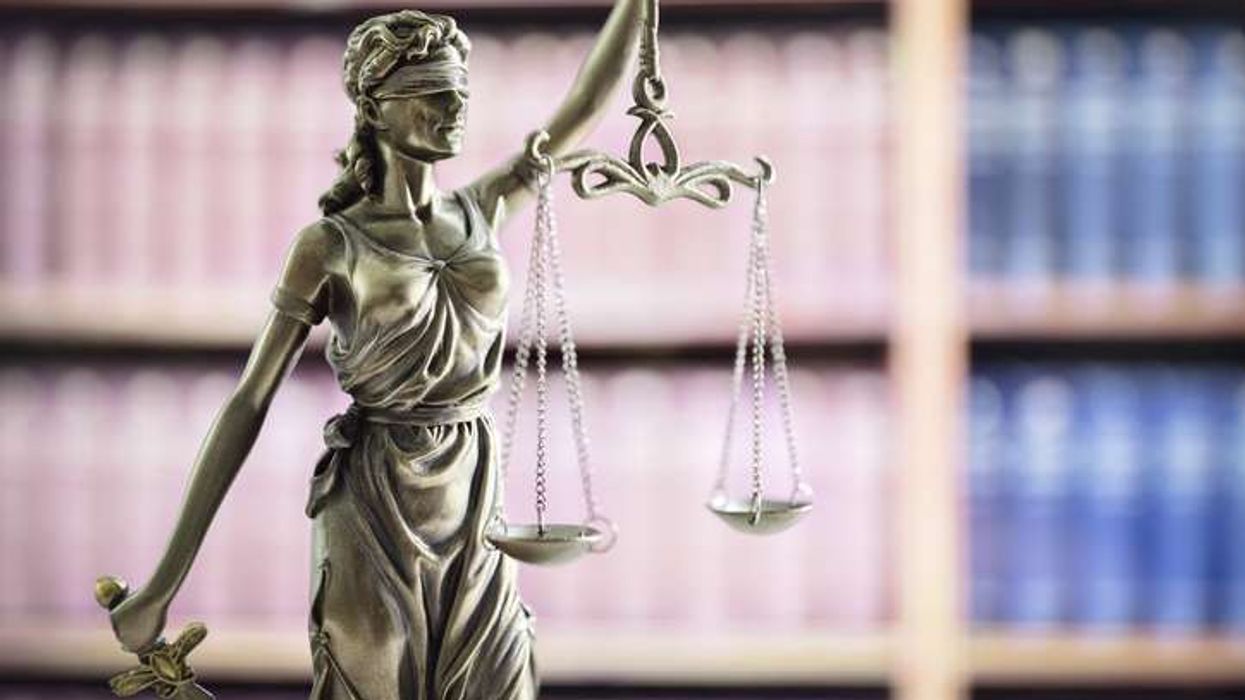DEFENCE secretary Grant Shapps said on Sunday (19) he was very concerned about a recent strengthening of diplomatic relations between China's Xi Jinping and Russia's Vladimir Putin, saying it posed a threat to democracy.
"I'm extremely concerned about this because, remember, these are two countries that do not believe in democracy," Shapps told Sky News.
"If you have that situation, and they are trying to spread their system to the rest of the world, we must see and have our eyes wide open that that is a direct threat to our way of life," he said.
On Thursday (16), the Russian and Chinese leaders pledged a "new era" of partnership between the two most powerful rivals of the US.
President Vladimir Putin said on Friday (17) that US sanctions policy was undermining confidence in the dollar and that Russia and China would find a way to stop the threat of measures against Chinese banks from disrupting their burgeoning trade.
Washington has hit Russia with waves of Ukraine-related sanctions and threatened secondary sanctions on foreign banks aiding transactions with Moscow. That has prompted some Chinese banks to limit dealings with Russian companies.
In televised comments during a visit to China, Putin said such sanctions were illegitimate unless approved by the UN Security Council. He said they were also counter-productive for the United States and demonstrated its "stupidity".
"They are completely devoid of common sense," Putin told reporters.
He said the US was "sawing the branch they are sitting on" because its actions were undermining confidence in the dollar and causing countries to reduce the share of dollars in their reserves.
(Reuters)













